Group Report: Business Strategy for Sydney Symphony Orchestra
VerifiedAdded on 2023/06/04
|10
|288
|341
Report
AI Summary
This report provides a comprehensive analysis of the Sydney Symphony Orchestra's (SSO) business strategy. It begins with an external analysis, utilizing PESTLE and Porter's Five Forces frameworks to assess the industry environment, including government support, technological impacts, economic factors, and socio-cultural influences. An internal analysis then examines the SSO's tangible and intangible resources, capabilities, and core competencies, along with a SWOT analysis to identify strengths, weaknesses, opportunities, and threats. The current business strategy is evaluated, incorporating elements like generic and competitive strategies, and the ANSOFF matrix. Finally, the report offers recommendations for future strategies, including promotion, merger and acquisition strategies, and product strategies, concluding with a positive outlook for the SSO's future growth and revenue generation. The report is based on the case study provided and incorporates academic sources to support the analysis and recommendations.
1 out of 10
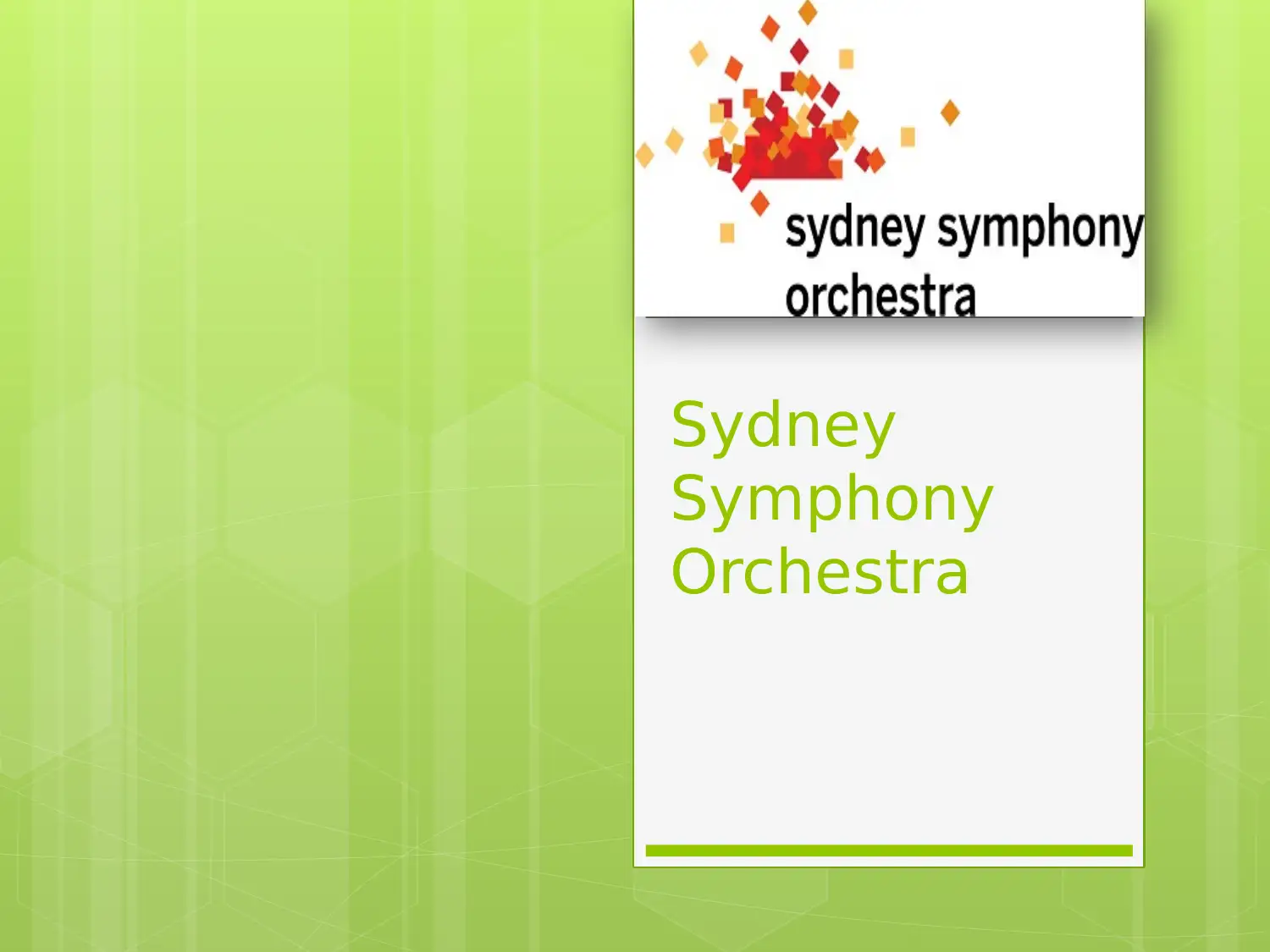
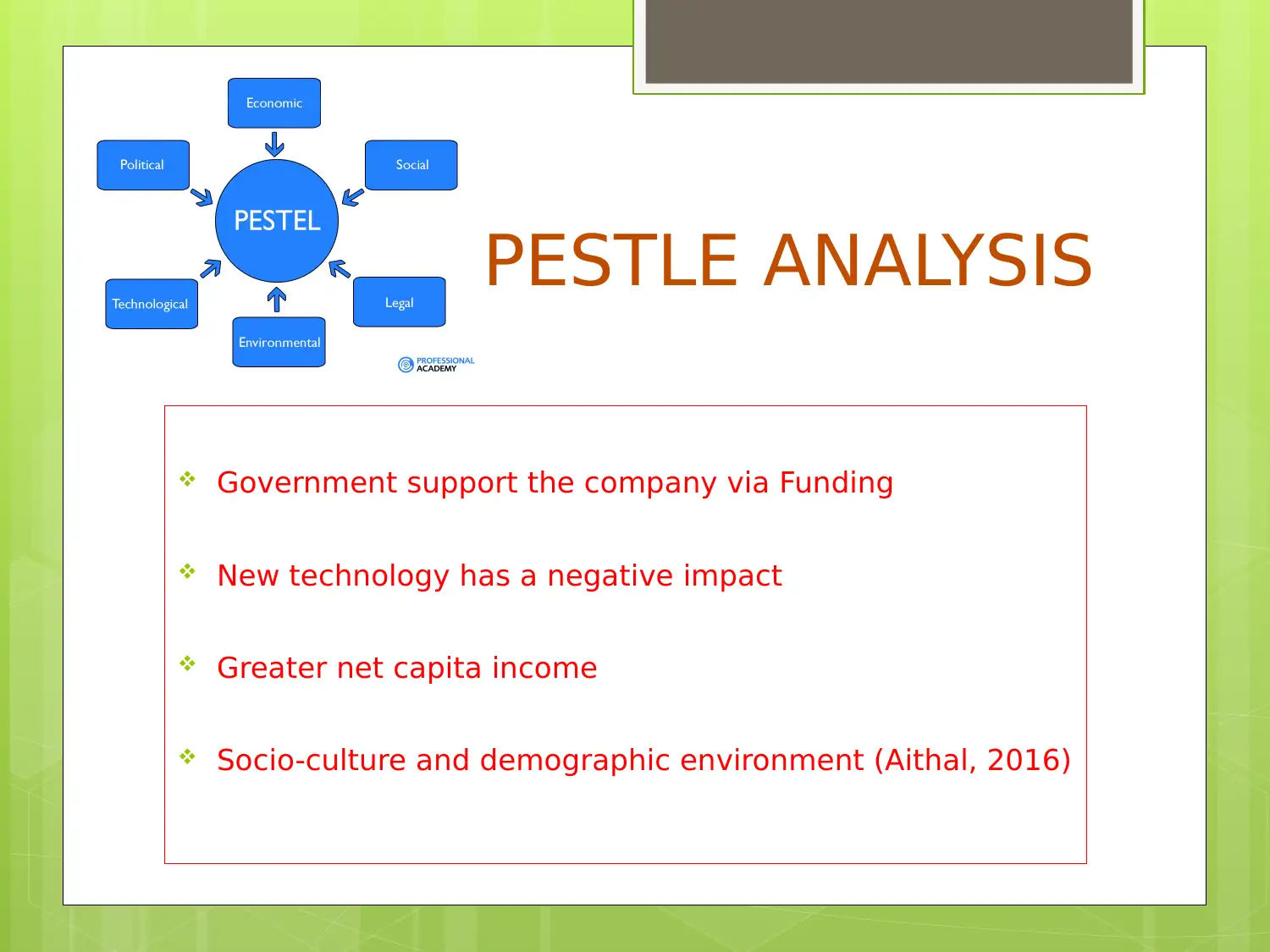
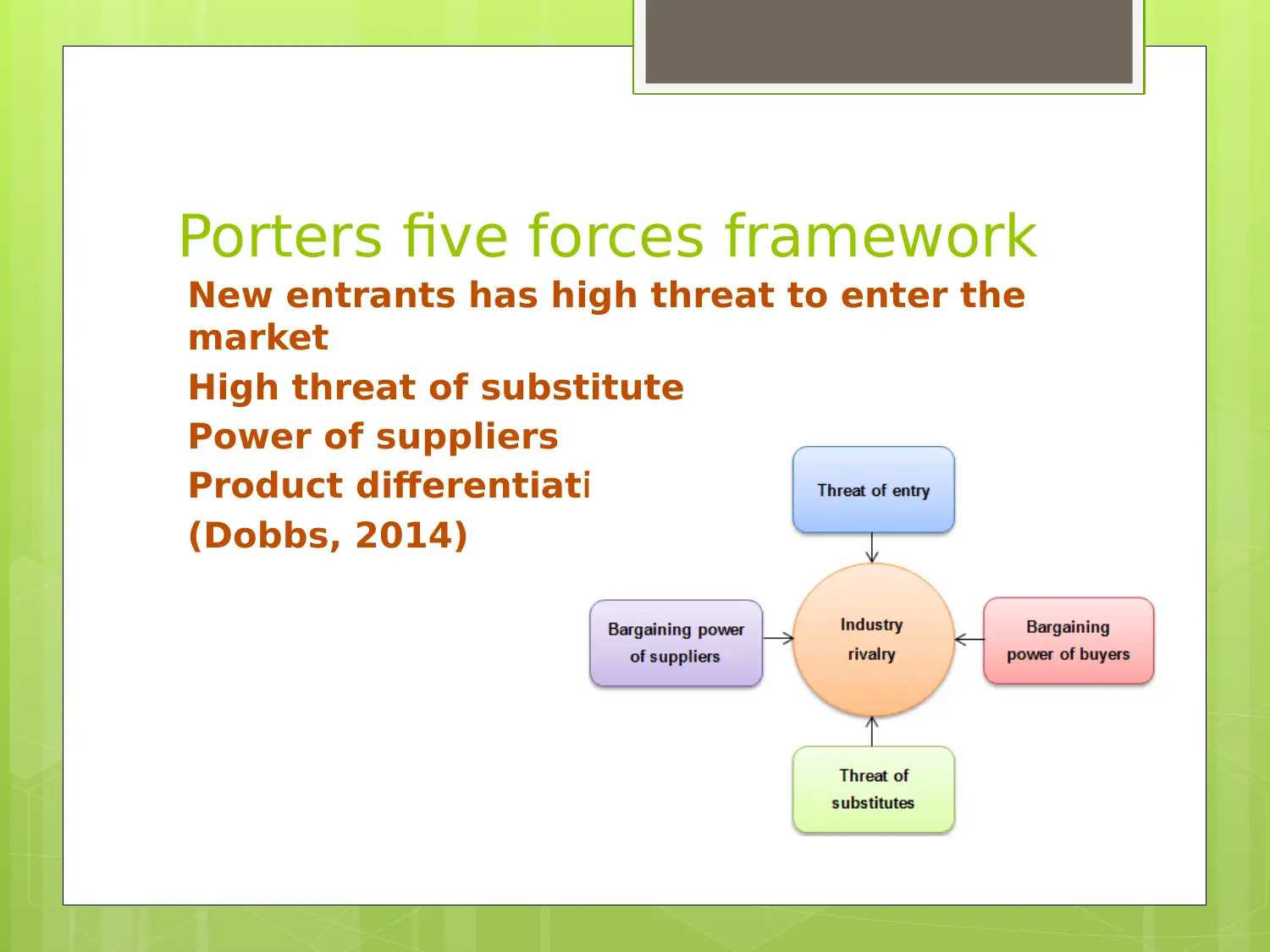
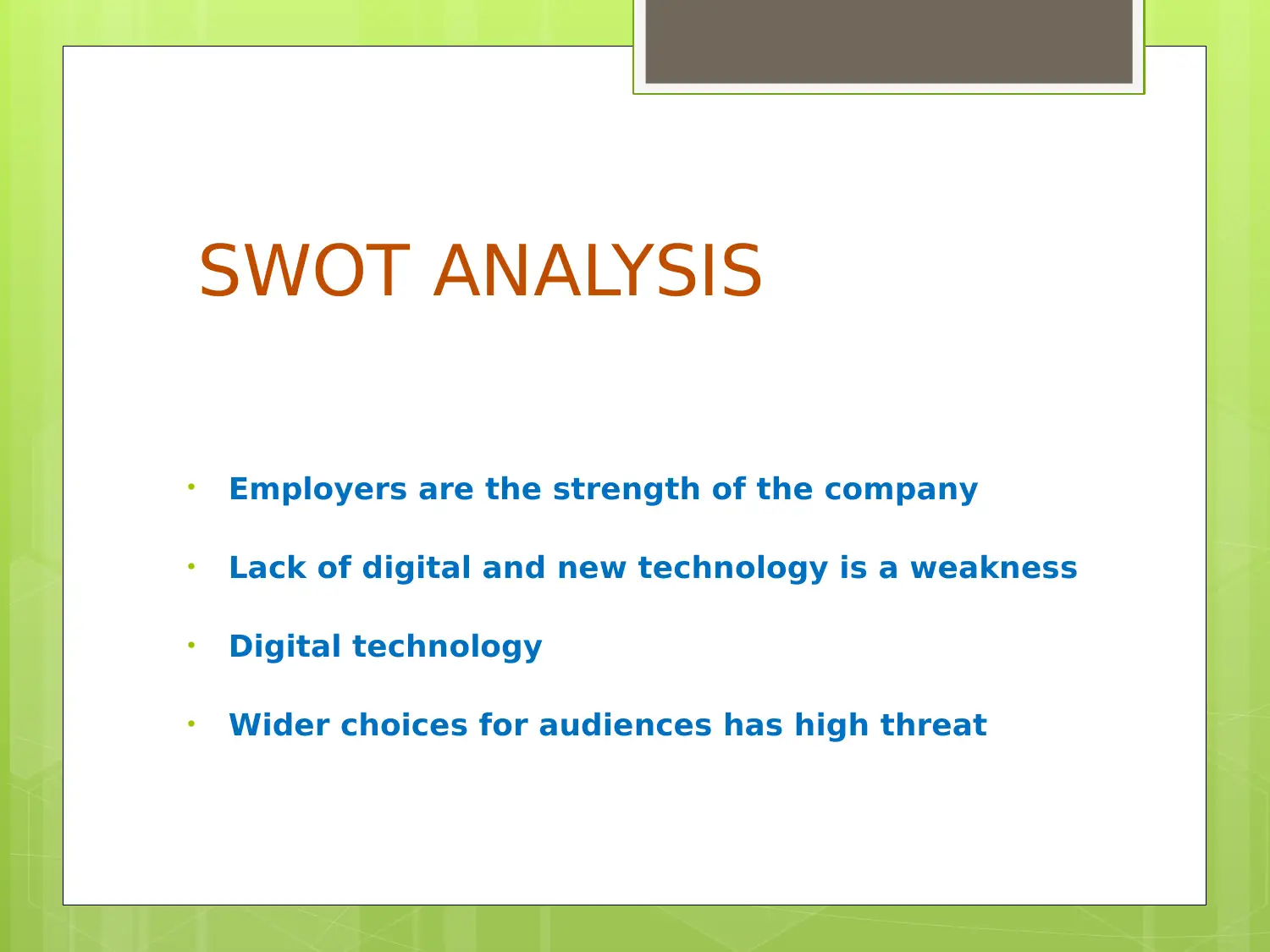
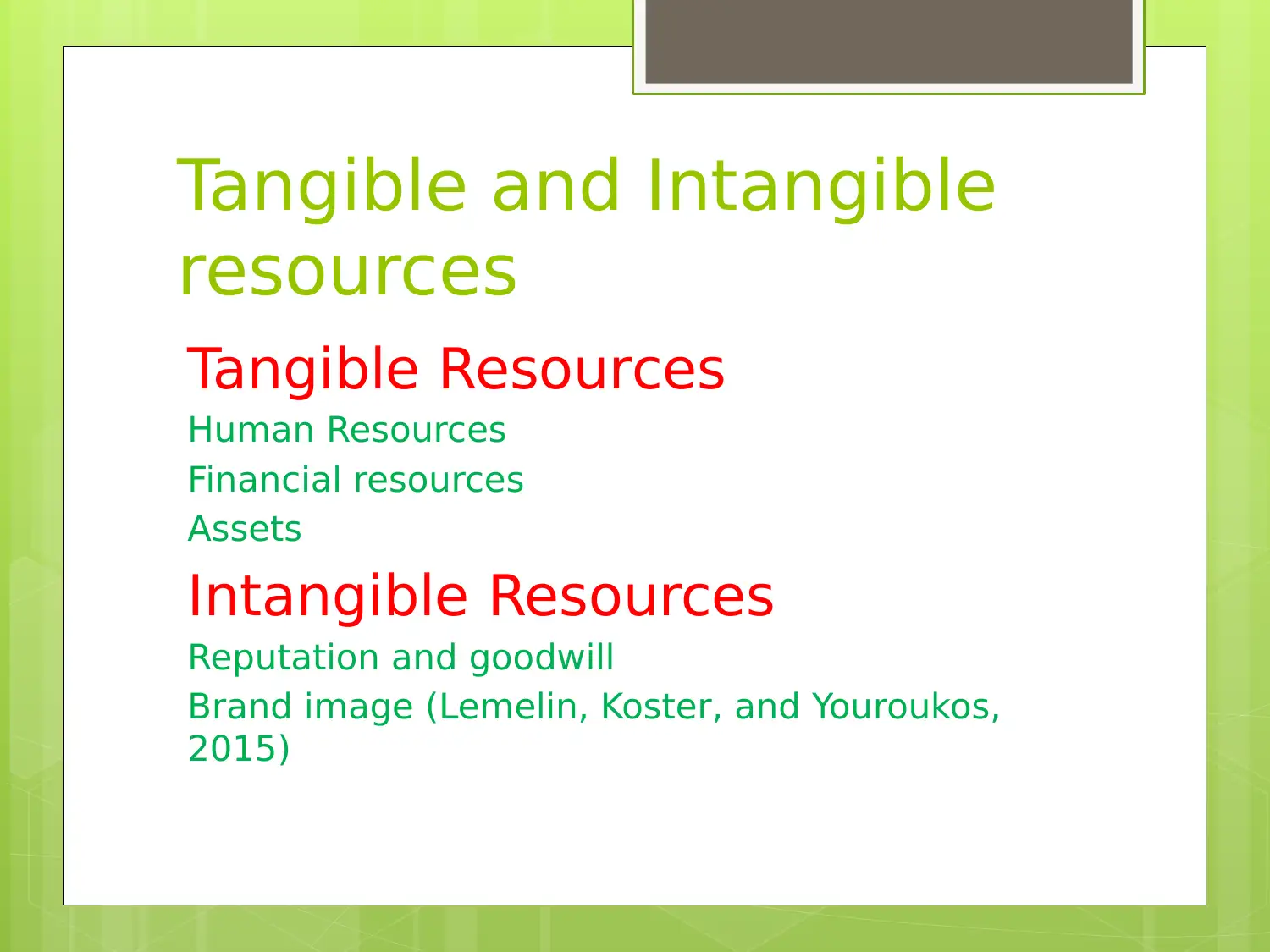
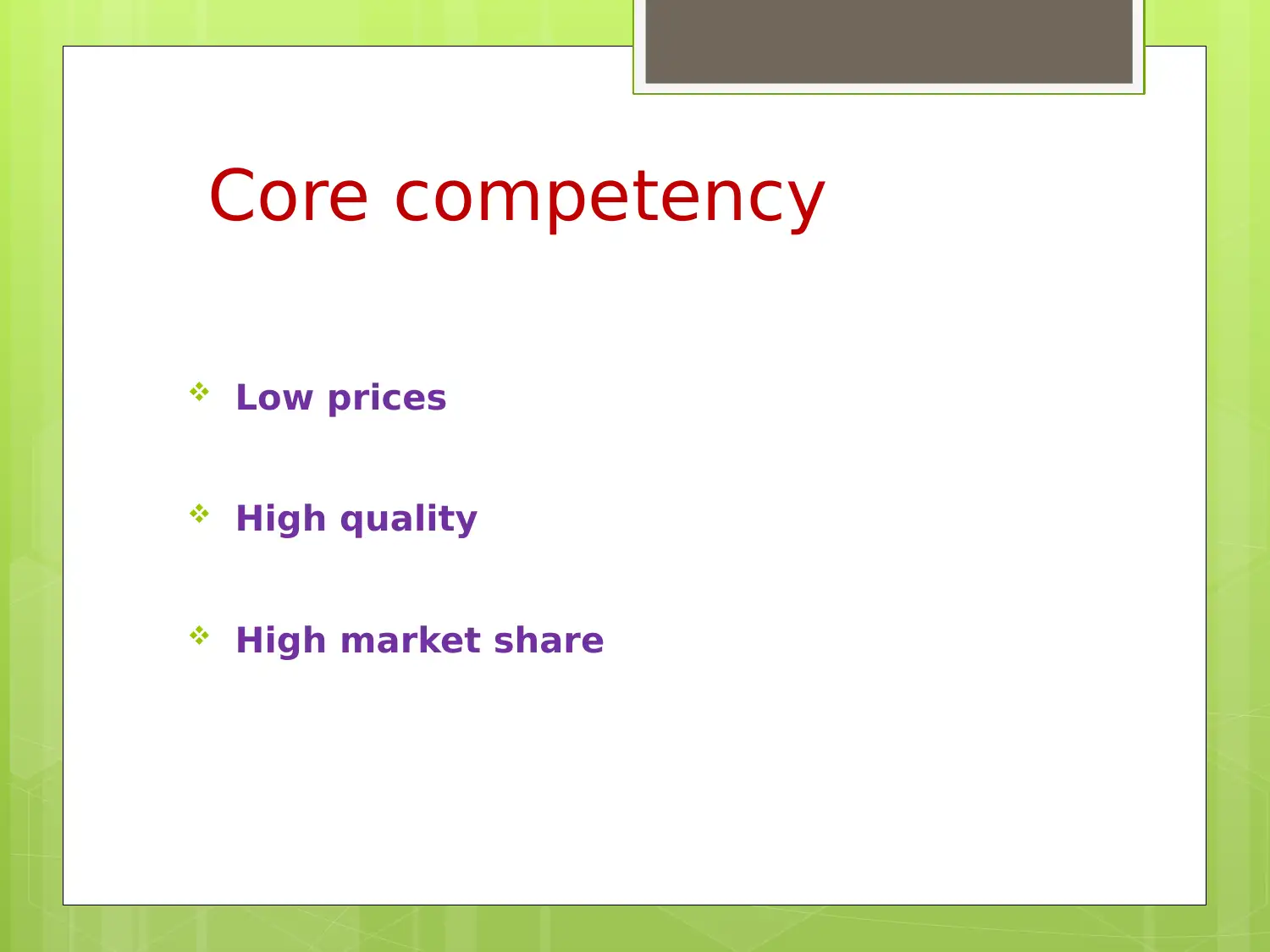
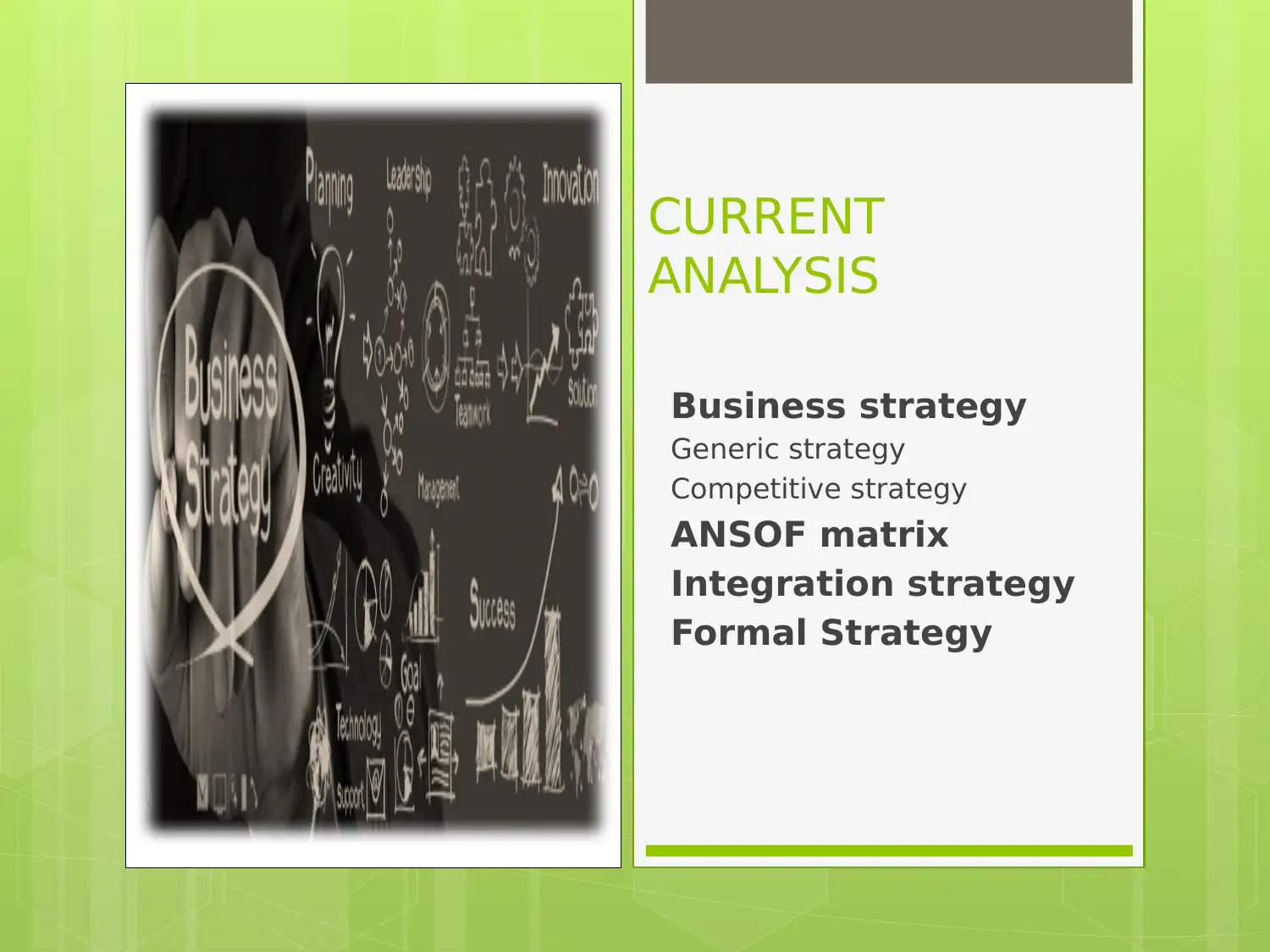
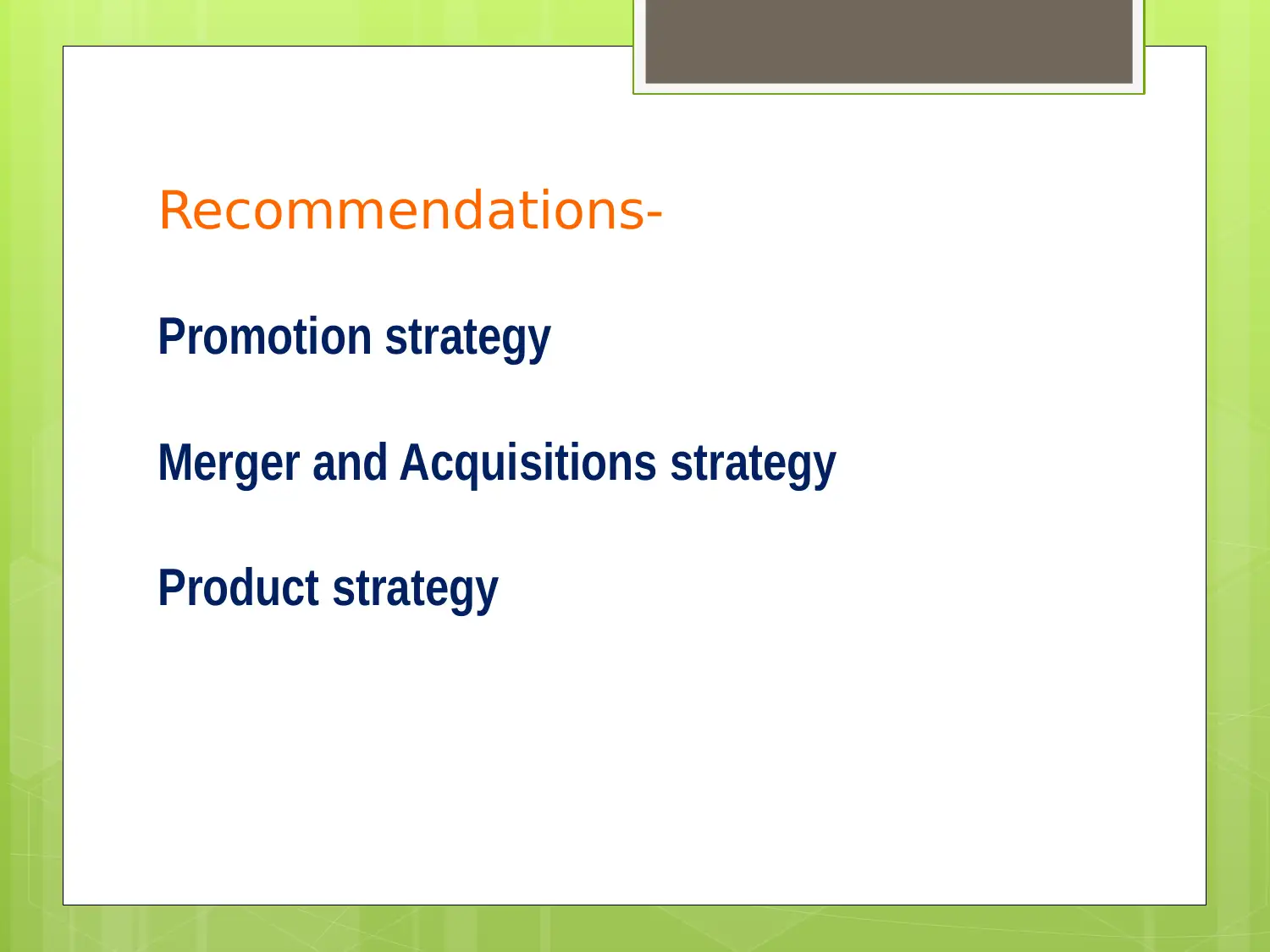
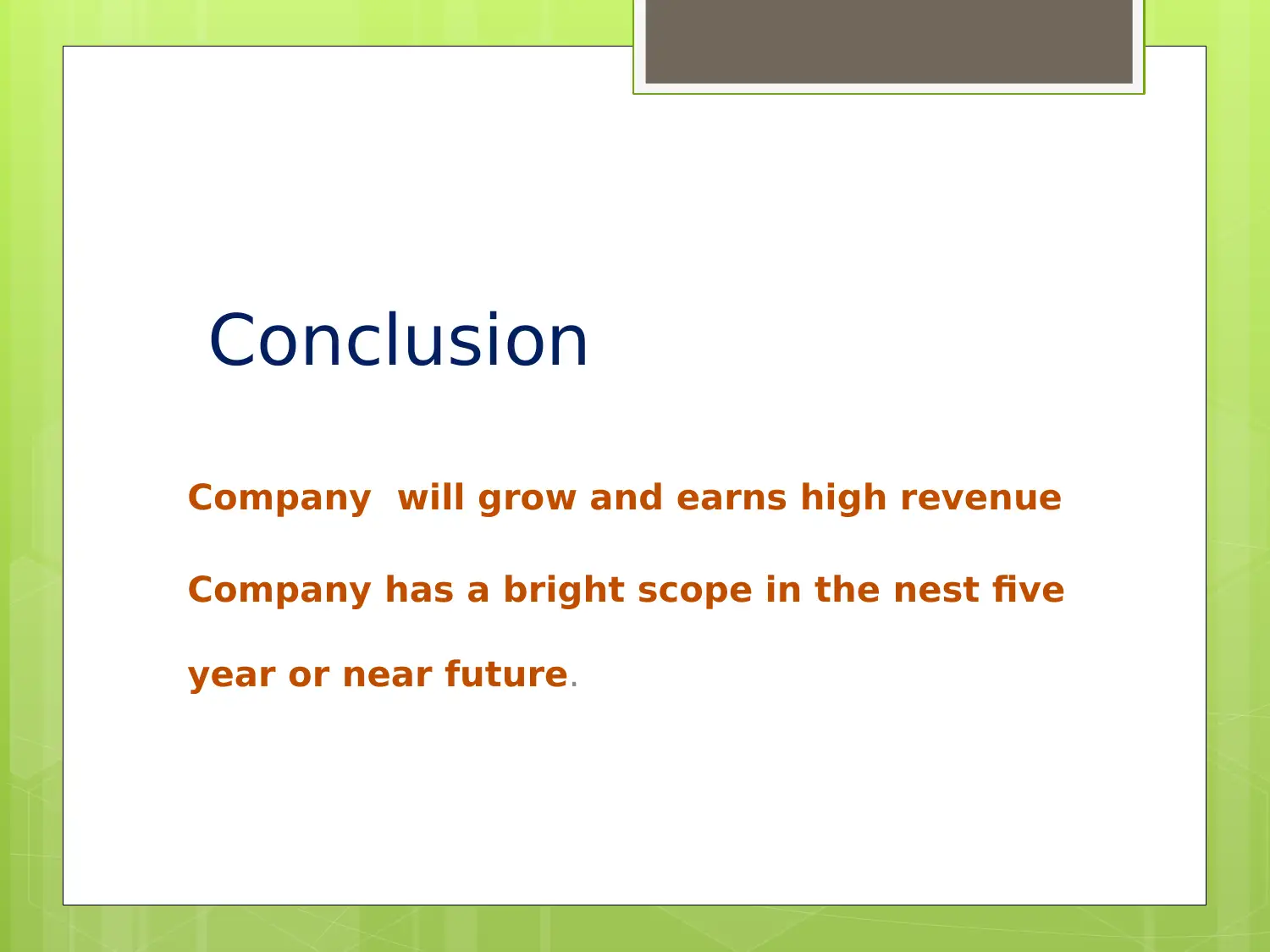
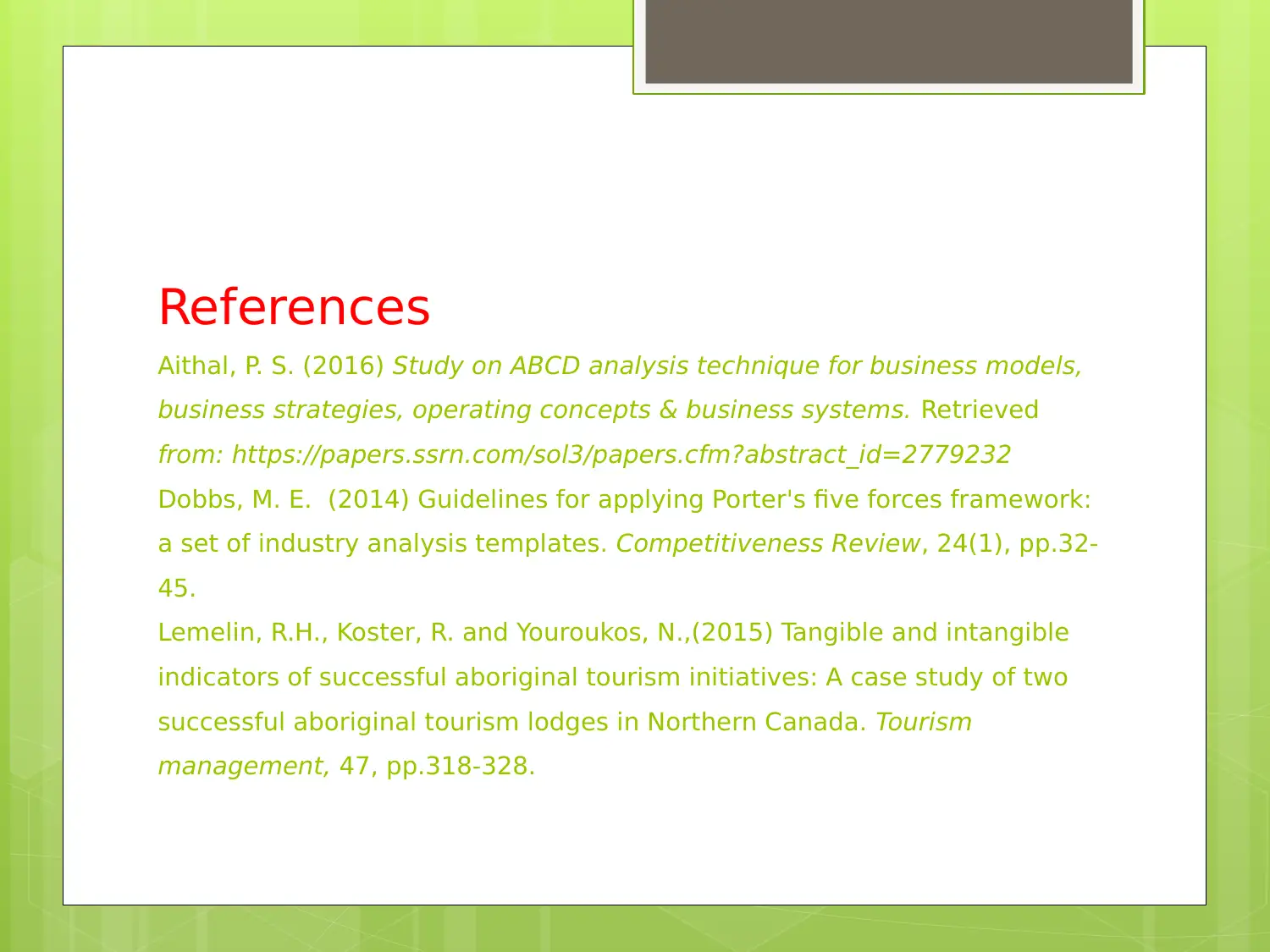






![[object Object]](/_next/static/media/star-bottom.7253800d.svg)